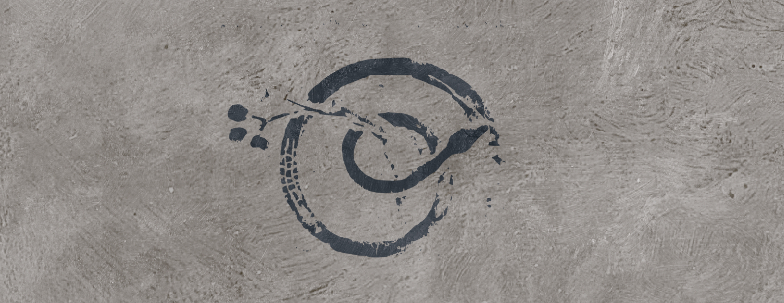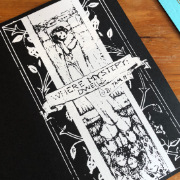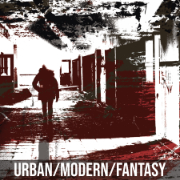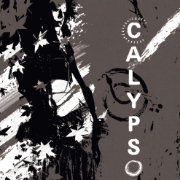WoDu and Spot Checks

filed under game design on 12 Nov 2018 tagged dungeon world, world of dungeons, wodu, heartbreaker, osr, megadungeon, and stonehell
I’ve been running a play-by-post duet of Urban/Modern/Fantasy (my modern take on Dungeon World) for the past few months. We’re winding down; the hero is approaching tenth level, has conquered his major demons, and has just one left to confront.
So naturally it was time for a digression; a discovery that a hundred and thirteen people have been wiped from existence and trapped in a fairytale realm built out of a discarded chaos plane from the imagination of a preteen paladin – and then warped by his tormented teenage subconcious.
I’ve been running this (somewhat) epic dungeoncrawl since, using World of Dungeons. We converted everyone (there are a lot of NPCs) over to my own WoDu hack a few days ago.
My tools are a mapper, Trizbort, Pythia to handle the random stuff, and a markdown document I keep open in Atom to jot down notes.
When the PC moves into a new room, I roll it up randomly using Pythia, consider how it fits into the current area, and describe it in context. We just split out into Modnar’s Tower, though, and it’s very satisfactory, enough that I am going to be purchasing Stonehell soonest [edit, just bought everything Stonehell from LuLu].
So How’s It Going?
It’s a lot of fun, and I’m hoping to run a more “traditional” megadungeon for characters without as much established context eventually.
The one issue we’re running into is with searching, spotting, and perception. When the PC walks into a room, what determines what he notices?
My original thought was a simple time-based risky roll since I’m already using tracked time/turns in my WoDu hack. Want to search a room? Make a risky roll; the risk is spending more time on it.
On any result, you find everything there is to find, Gumshoe-style. On a 10+, it’s quick; I don’t tick that turn on the time counter. On a 7-9, it takes a turn. On a 6-, it takes as long as the I declare it does (usually thirty minutes or three ticks).
The problem is that this harms tangibility, something I’m already bad at. I find myself tempted to elide rooms I know won’t have much of interest in them, leading to out of character negotiation and hand-waving that takes away from the “crawling” aspect of the dungeon crawl.
You can see through the bars there’s four skeletons, chained up. There’s nothing there of note. They won’t get up to attack, they don’t have any treasure, and the manacles are rusty and useless. You can safely walk past without even opening the door.
All of this is true for that room, per the module, but simply declaring it as the PC walked up to the door took away all the fun. It also removed the chance to roll a 6- and have something interesting happen in there.
And it meant later when the PC asked if any of the skeletons had fangs, I was in a weird place narratively – I’d already said there was nothing of note, but nobody’d confirmed in in the fiction.
What I’m Using Now
I’ve settled on a secret perception model, where I roll a spot check (a risky roll+WIS) when the PC arrives in a new space. On a hit, they get what I’d consider a “standard” room description.
The chamber widens past the narrow foyer into a larger space, with no exits beyond the one you entered through. The walls are painted black, set with chips of mica, and the ceiling overhead glows softly the color of moonlight. The floor underfoot is black gravel or sand, and directly opposite the door is a lever on the floor.
This is a fairly wordy room; usually I do half that. Also, it’s a scant paraphrase of a room in Modran’s tower. Apologies to the author.
On a 10+, I’ll also drop overt clues to any secrets I know are there (or make one up if I think it’s appropriate), like “you notice there are panels set into the walls on either side of the door” or “the draft is coming from under the far wall”.
On a miss, they still get the standard description, but I’ll also roll the Hazard die, a simplified riff on Necropraxis’ hazard die system that reminds me a bit of Tiny Solitary Soldiers.
It serves as a combination oracle and encounter table– it essentially overloads the encounter die that would normally only ‘do something’ on a 1. This is also what I roll when n (usually 2) turns elapse.
It’s cautiously working fairly well. Feels fair, feels fast, feels dangerous. And I’m enjoying keeping a secret from my players for a change, as silly as that sounds.
Do you have a better way to handle it? Or just a different one? Let me know!


